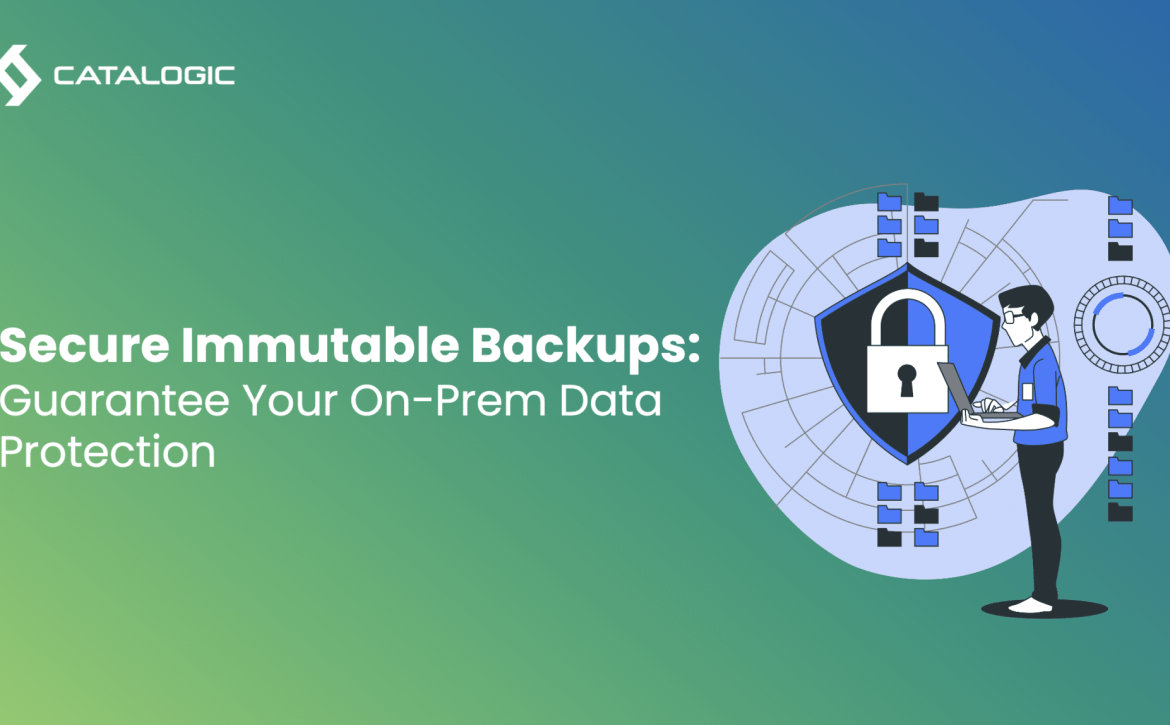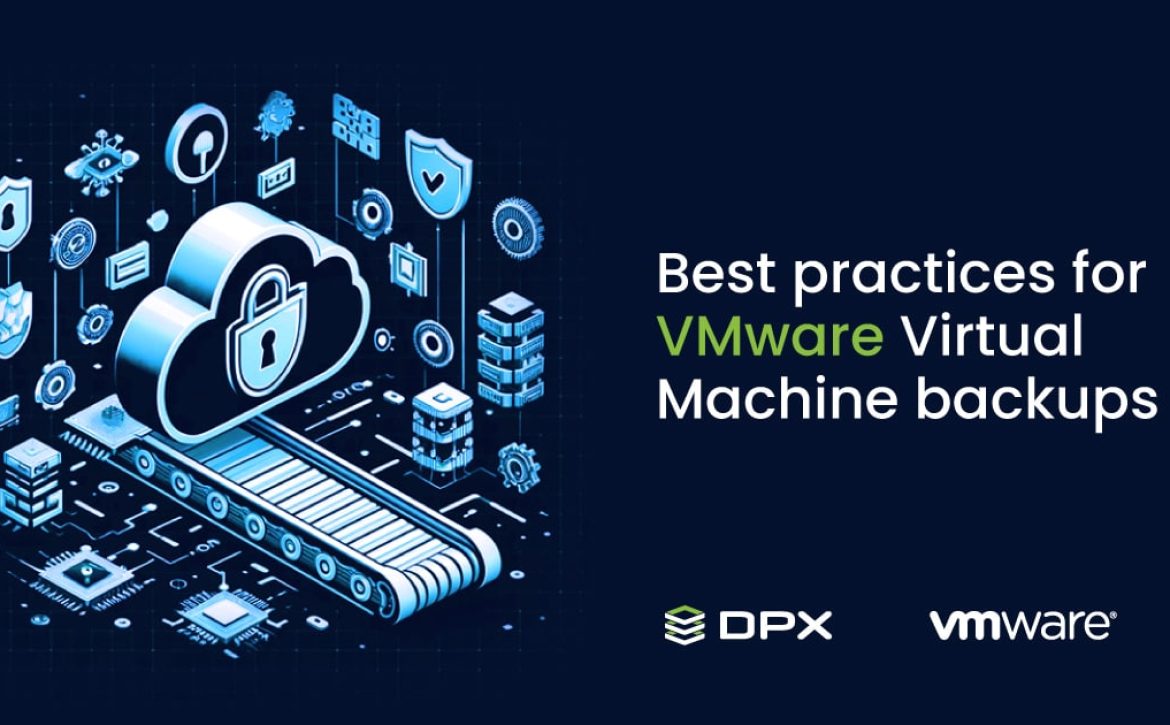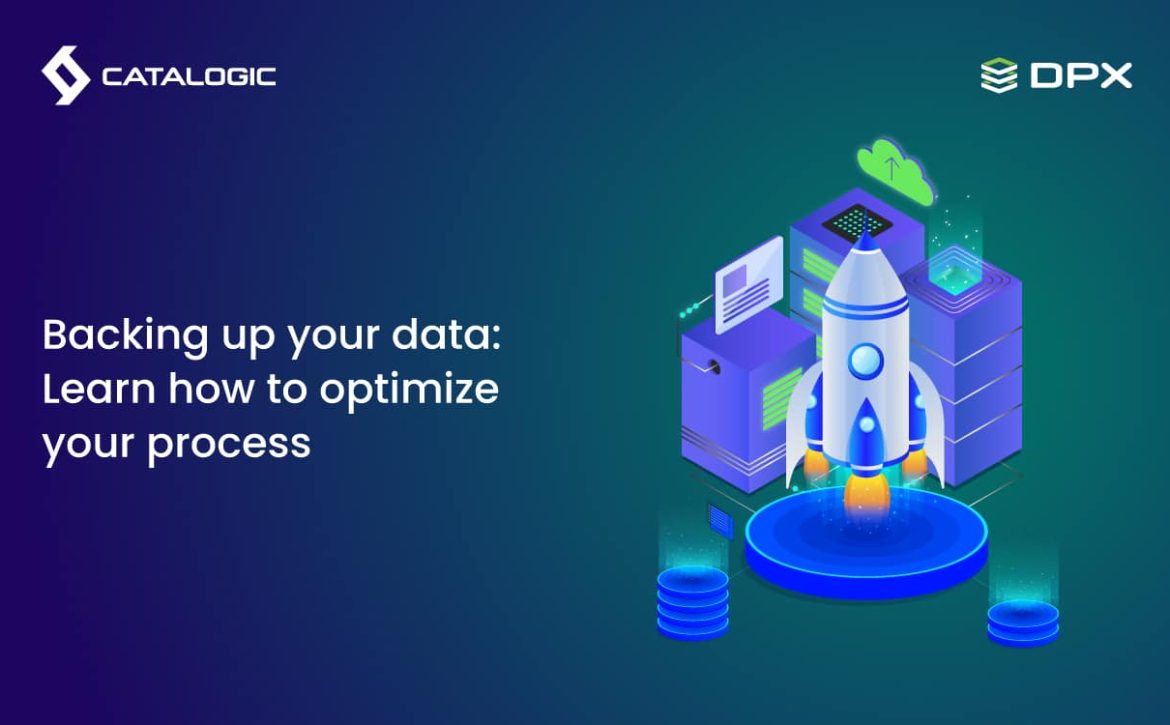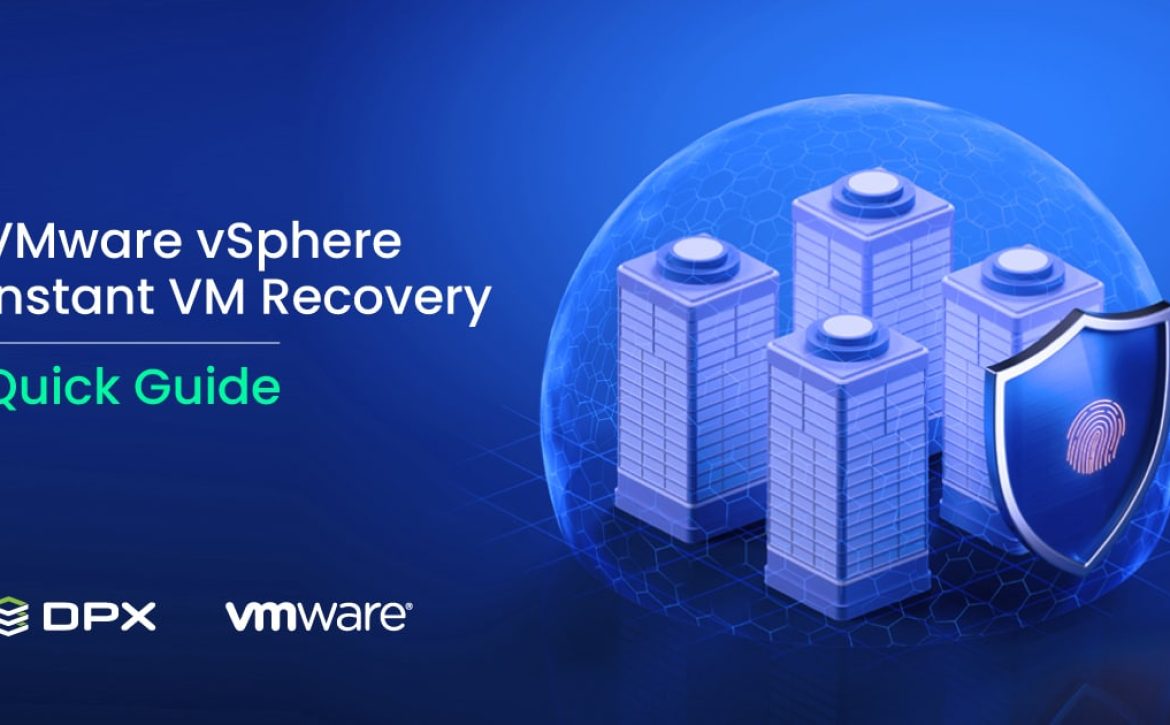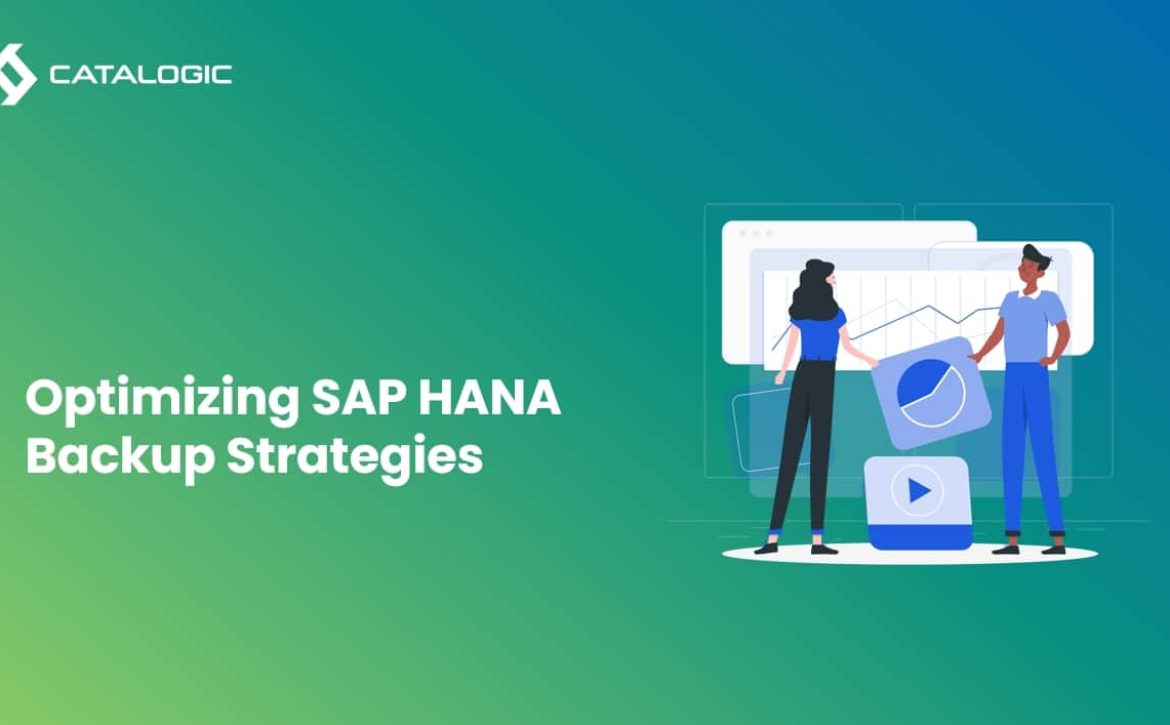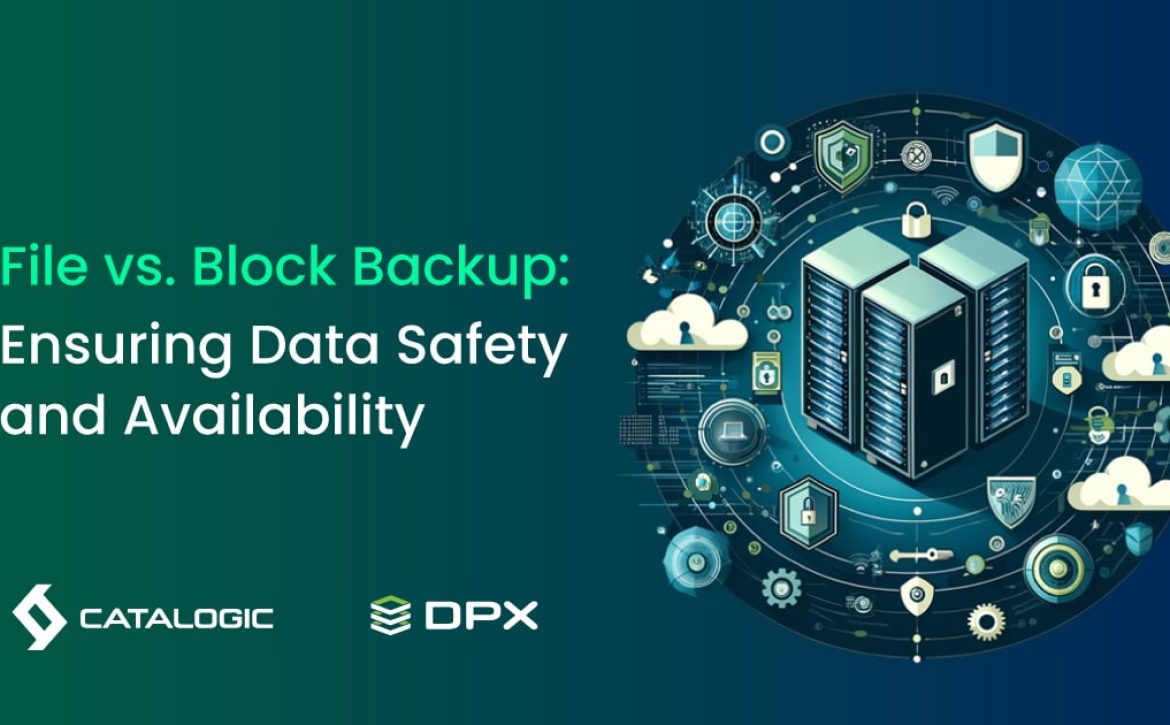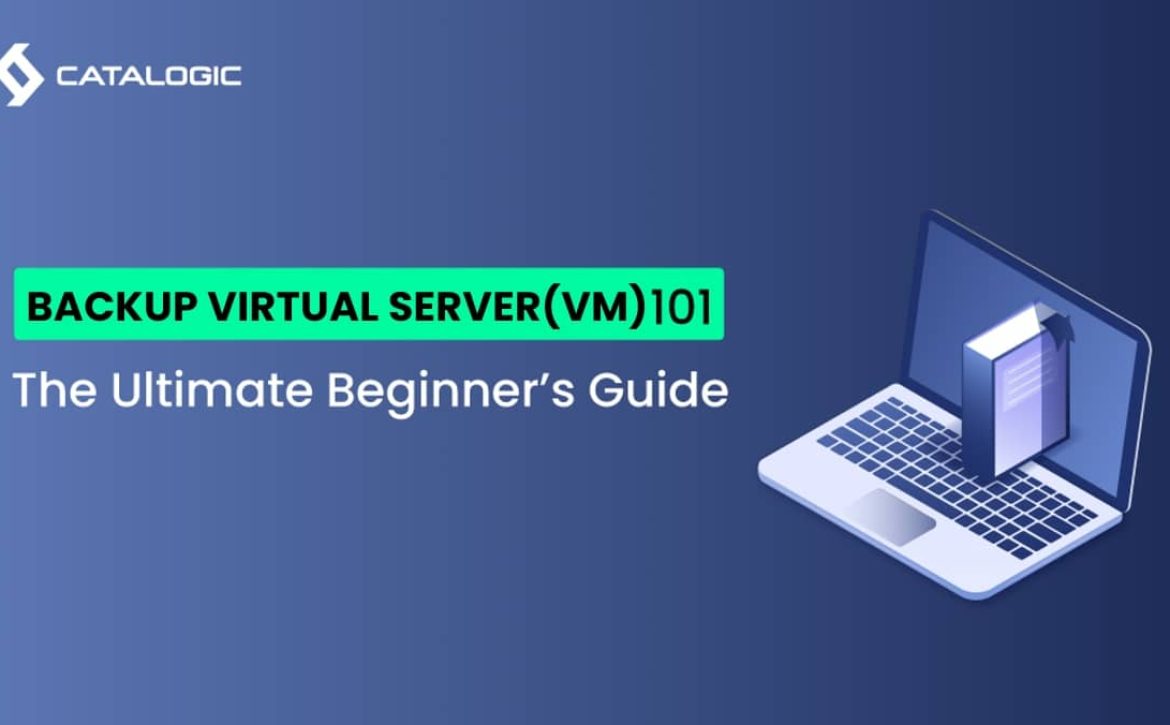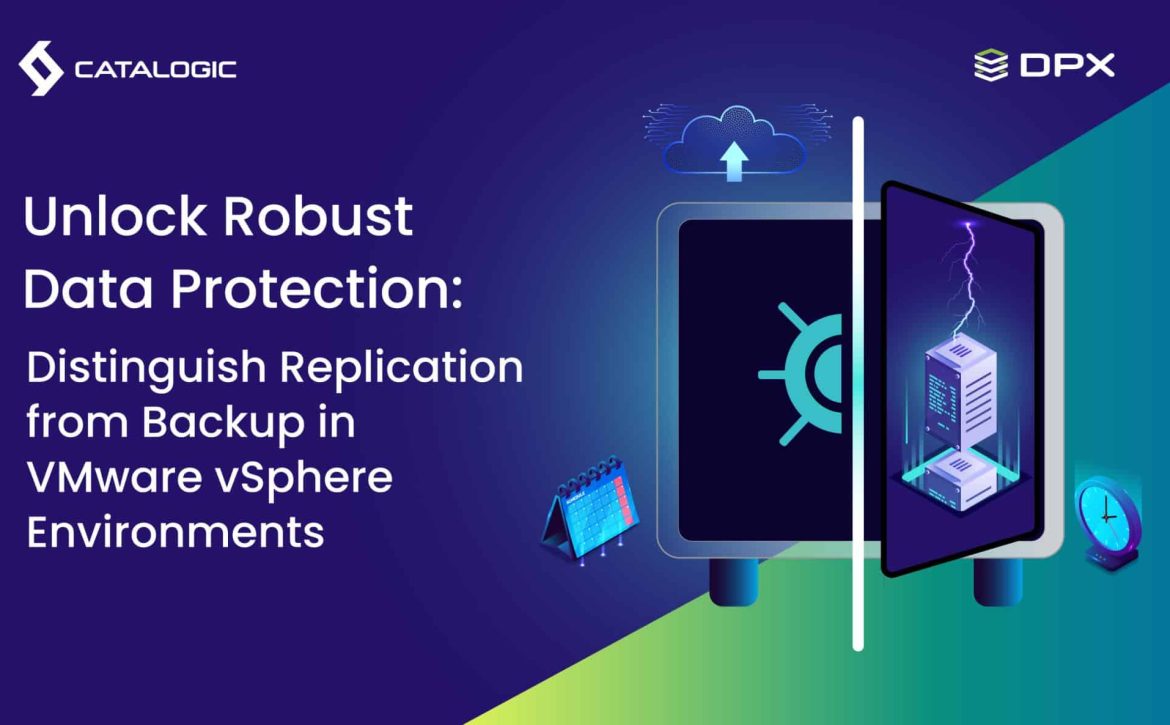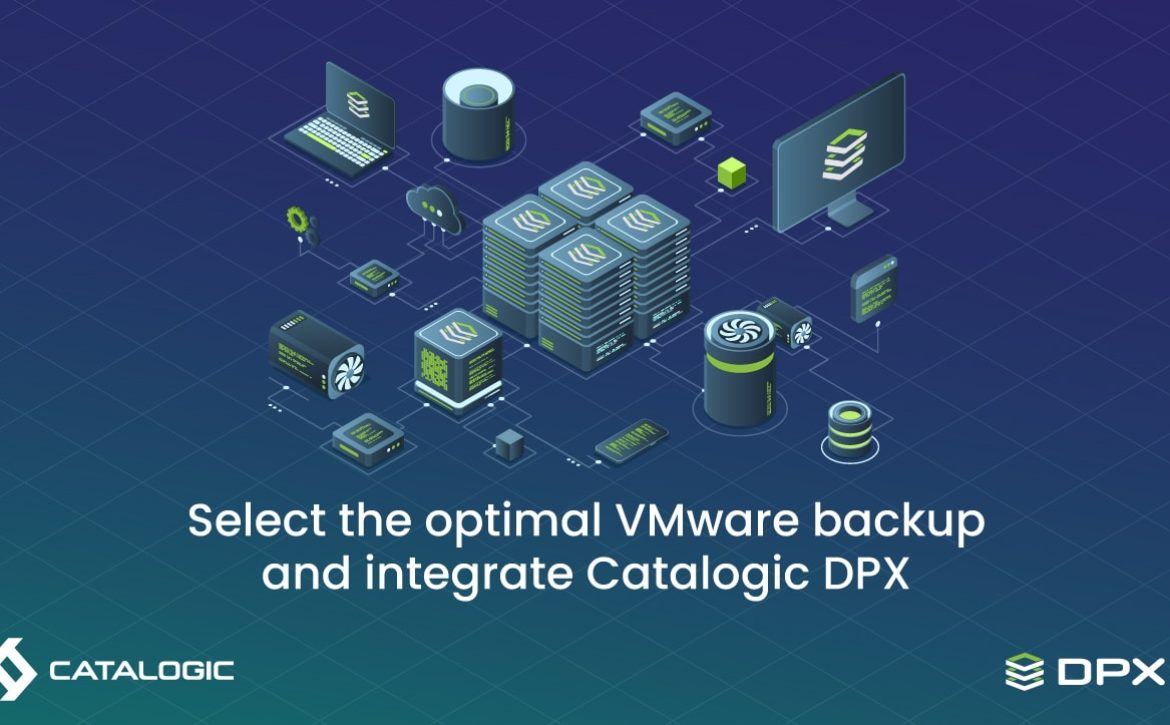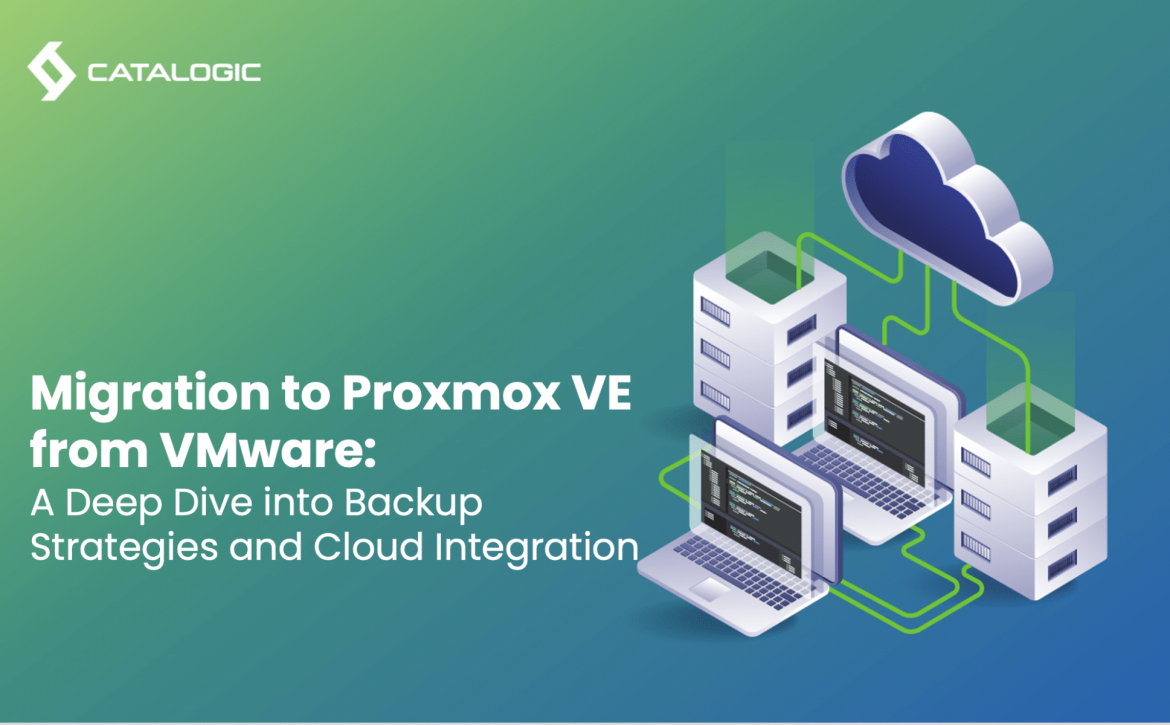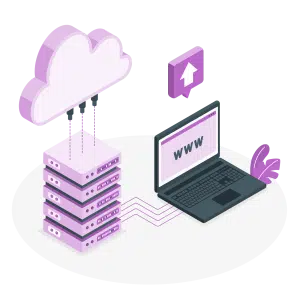Secure Immutable Backups: Guarantee Your On-Prem Data Protection
Understanding Immutable Backups
Importance in Data Security
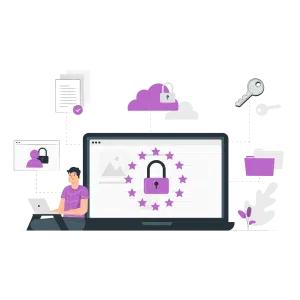
Catalogic DPX vStor and Software-Defined Immutability
The Crucial Part That Immutable Backups Play In Modern Data Protection
Why Immutable Backups Are Becoming More Necessary Than Ever Before
Immutable Backups As A Defense Mechanism
Compliance and Legal Consequences

Securing Data Integrity: Exploring the Technological Foundations and Deployment of Catalogic DPX vStor’s Immutability Features
In terms of implementation, setting up DPX vStor in an organization’s data ecosystem involves configuring the on-premise system to align with specific business needs and compliance requirements. The deployment process is designed to be straightforward, allowing enterprises to swiftly enable immutability features across their data storage solutions. Once operational, DPX vStor works seamlessly with existing infrastructure, offering scalable replication options that ensure data redundancy and security across multiple locations. For organizations that require off-site data protection, DPX vStor’s compatibility with cloud services like Wasabi enhances its immutability capabilities. This setup enables users to lock data using S3 object locks in the cloud, thus extending immutability beyond the on-premise environment to include secure, air-gapped cloud storage. Through these technological advancements, Catalogic DPX vStor provides a resilient, comprehensive backup solution that can be tailored to meet the evolving demands of modern data management and security.
Benefits of On- Premise Immutable Backups
Enhanced Data Security: They create data copies which cannot be tampered with hence very essential especially when data backups are targeted by ransomware attacks.
Regulatory Compliance: They help establishments fulfill those necessities which are located in industries managed by strict data security laws.
Quick Recovery: These backups enable recovering fast from data loss occurrences so as to minimize downtime and operational disruption.
Comprehensive Defense: They should be considered an integral part of wider safety nets combining different levels protection thereby enhancing general resilience of information assets against all forms of hazards or attacks.
Challenges and Future Prospects
In future, immutable backups will have a bigger part to play as cyber threats continue evolving. Organizations may tend to integrate them more with encryption so as to strengthen their security systems further against unauthorized access. Also how we implement these type regulatory requirements where should systems holding such kind of copies be situated? There will be much compliance coupled with fixation about residency issues concerning this matter.
